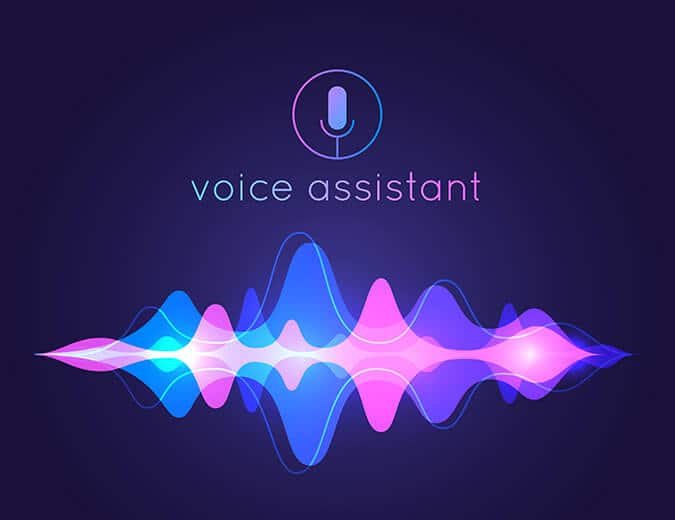How to Prevent ADA Website Accessibility Lawsuits
There are five crucial ways to prevent ADA website accessibility lawsuits. The main ones are having an inclusive design and hiring accessibility professionals. But what are the rest? Well, let’s have a look!

We live in a digital age where a business’s first point of contact with potential customers is often their business website. However, many companies face lawsuits claiming their sites violate the Americans with Disabilities Act (ADA). This case is why most websites now focus on proactive solutions on ‘how to prevent ADA website accessibility lawsuits.’
Since 2013, ADA accessibility litigations have increased across the United States. While California has seen the highest number of cases, New York has become a hotbed for these legal actions.
Even though federal courts have yet to agree on whether the ADA applies to websites, it can be expensive to defend against these legal challenges. The best defence for firms against these claims is to take proactive steps to ensure their websites abide by the ADA.
Many businesses use third-party digital accessibility experts to identify and fix accessibility issues. However, this traditional approach has notable drawbacks, including time and cost, and may not be tailored toward litigation prevention.
And so, in this article, we’ll explore proactive measures businesses can take to prevent ADA website accessibility lawsuits while advancing their internal accessibility knowledge.
Is Your Website at Risk of an ADA Website Accessibility Lawsuit?
If you don’t have your website’s accessibility issues in order, then YES, your website is at massive risk of an ADA lawsuit. The point of accessibility standards for websites has been contentious, with the Federal government currently taking a backseat on the matter.
However, a few states have decided not to wait for the government to take action and are pushing ahead with their measures.
One such state is California, where the Riverside County DA’s office is taking a stand against a law firm and individuals accused of filing a whopping 100+ ADA lawsuits against small businesses and website owners.
It’s a bold move that shows just how seriously some states are taking the issue of web accessibility, and those who are not prepared could face serious legal consequences.
It’s a wake-up call for all businesses with a website, mobile app, or internet software application. The importance of accessible design and inclusive practices cannot be underestimated.
It must be a top priority for any website business plan, and every company should have a trained accessibility specialist on their team. A report from the Orange County Breeze states:
“Abusive ADA lawsuit practices are not new, but the defendants, in this case, are accountable for a significant volume of the ADA lawsuits filed in Southern California over the past few years. Rutherford has been a party-plaintiff in more than 200 separate ADA lawsuits the defendants have filed against businesses in San Diego, Orange, Los Angeles and San Bernardino counties.”
Now you see how vital website accessibility is, but the remaining question is; What can you do to prevent ADA website accessibility lawsuits?
Well, let’s have a look!
What can you do to prevent ADA website accessibility lawsuits?
Before we even dive into highlighting the ways you should take to avoid an ADA lawsuit, here is the essential step to start with:
Study Title III Act:
Title III of the ADA Act was enacted to prevent discrimination against individuals with disabilities in places of public accommodation.
Traditionally, this has included physical locations such as retail stores, hotels and restaurants. However, recent court rulings have expanded this definition to include websites. As a result, businesses are facing an increasing number of lawsuits alleging that their websites are inaccessible to individuals with disabilities.
To avoid such legal challenges, businesses must make their websites ADA-compliant and accessible to all users. Failure to do so can be costly in terms of legal fees and damage to reputation.
Now that you know Title III Act, here are ways to prevent ADA website accessibility lawsuits:
- Prioritize web accessibility by choosing inclusive design: The fact is planning, developing, and building for web accessibility must be prioritized by businesses as one of the first steps to preventing an ADA lawsuit. Remember that any website business plan should be built on inclusive design principles.
- Hire accessibility professionals: Employing an accessibility professional familiar with WCAG standards and international accessibility rules is a good idea for companies with websites, mobile apps, or internet software. The number of designers and developers with accessibility training is in short supply among businesses, so it might cost you top dollar to secure a professional web accessibility expert.
- Careful use of ARIA with HTML5: The inappropriate use of ARIA with HTML5 and incorrectly worded image alt attributes, particularly for infographics or images over background images, are common errors in online design.
- Ensure you’re using Accessibility tools. The inability to use assistive technology to access websites or mobile apps is the main reason for ADA lawsuits.
- Use WordPress with Elementor: It is possible to optimize Elementor, a well-liked WordPress plug-in for page design, to increase website accessibility. It enables additional development.
What makes up ADA compliance according to DOJ?
The Department of Justice (DOJ) issued a direction reaffirming that the Americans with Disabilities Act (ADA) applies to website accessibility.
The DOJ emphasizes that businesses have some flexibility in complying with the ADA’s non-discrimination requirements rather than offering specific guidelines. In addition, they suggest that existing standards, such as the WCAG and Section 508 Standards of the Rehabilitation Act, can be used as helpful resources.
The WCAG is a set of four broad criteria that address the accessibility of website content, interface, navigation, and interpretability by users of assistive technologies, which include:
- The website’s content should be displayed in a perceivable manner to all users.
- A wide range of users must be able to operate the interface and navigation comfortably.
- Your website content or all information shared on your website should be understandable.
- The information on your website must be strong enough to be interpreted by various users, including those who need assistive technology.
Each criterion contains recommendations for website components, such as text, audio, fonts, and menus. The Section 508 Standards, while only applicable to federal websites, can still serve as a guide for private organizations by establishing standards for text alternatives, time-based media, content sequencing, and colour use.
Final Thoughts
In conclusion, it is essential for businesses to take practical measures to ensure their websites comply with the ADA guidelines. The rise in the number of lawsuits alleging ADA violations shows that it is no longer an issue that can be ignored. Therefore, knowing how to prevent ADA website accessibility lawsuits is essential and beneficial to your website.
By incorporating inclusive design and hiring accessibility specialists, businesses can avoid costly legal battles and ensure everyone can access websites, regardless of their abilities. In the end, website accessibility is a legal requirement and a moral obligation to ensure that all individuals have equal access to information and services. Ensure you check out if your website needs to be ADA compliant.
By following the guidelines and implementing accessibility features, businesses can create a better online experience for all users while boosting their SEO performance and protecting themselves from the risk of legal action.










